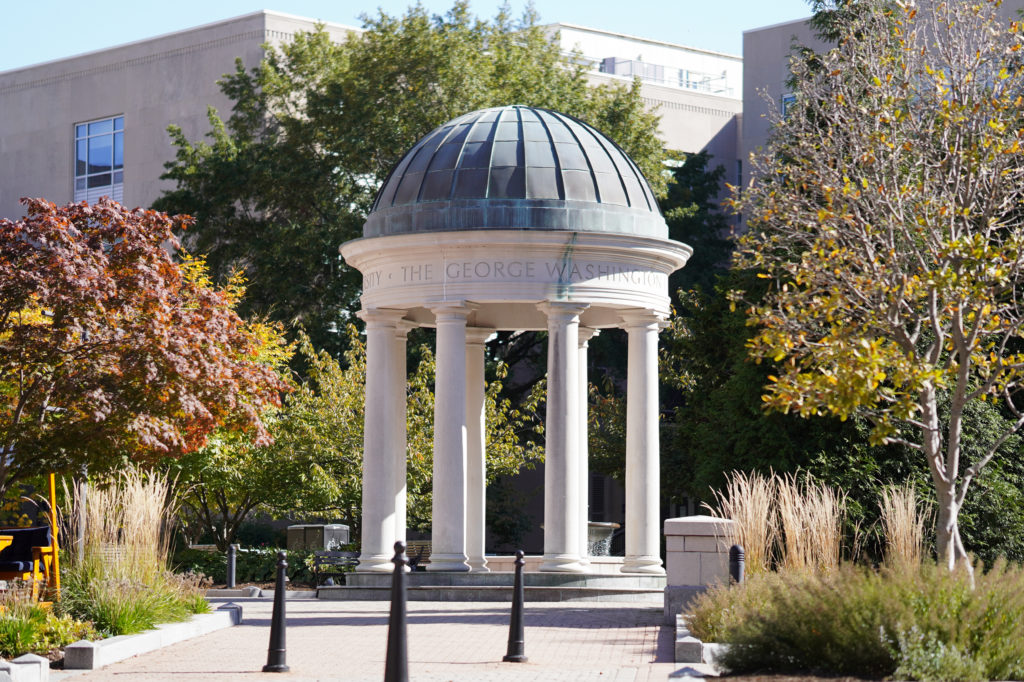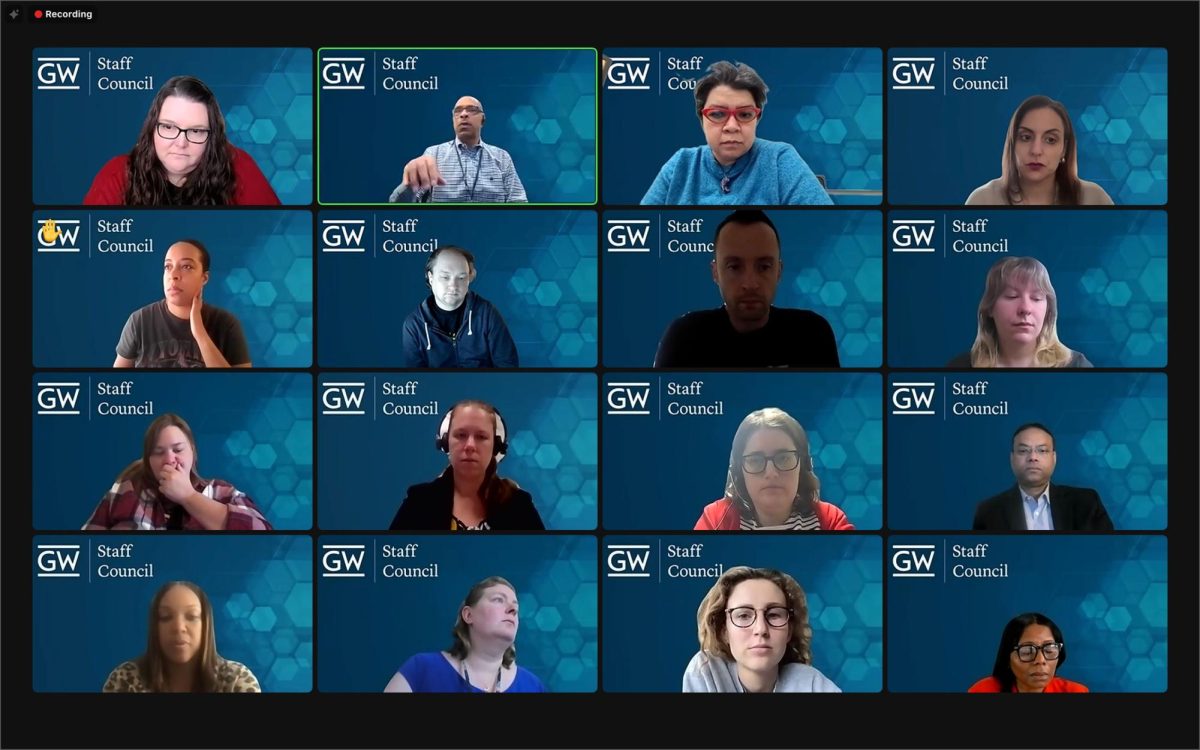Officials said a recent affirmation of GW’s credit rating demonstrates the University’s financial strength amid the COVID-19 pandemic.
Mark Diaz, the executive vice president and chief financial officer, said GW’s affirmed A1 rating with a stable outlook, which was announced by Moody’s Investors Service on Oct. 14, puts GW in a place of “financial strength and sustainability” by enabling access to capital and debt at a low cost. The rating reflects an “independent validation” of GW’s finances as officials weather the COVID-19 pandemic, he said.
“Moody’s affirmation should make our faculty and staff feel confident in GW’s current financial position and about GW’s positive future,” Diaz said. “It truly is a testament to the collective efforts of the GW community, especially during these unprecedented times, that we find ourselves in such a fortunate position relative to our industry and our peers.”
Moody’s determines their credit ratings by examining financial records, long-term planning, leadership effectiveness and overall assets. A high credit rating, like an A1 allows for GW to issue bonds to investors at a relatively lower cost.
“The fact that Moody’s did affirm our A1 rating – which is a high investment grade rating to begin with – that’s telling to the investor or the lender that GW is worth that investment,” Diaz said. “They have confidence in GW the institution. ‘They’re worth your loan. They’re worth their investment.’”
GW’s “A” rating reflects Moody’s assessment that the University’s bonds and other debt are considered an “upper-medium grade” and are relatively low risk, while the “1” represents the University’s ability to fulfill short-term obligations, according to Moody’s guidelines.
GW has about $1.87 billion in outstanding bonds, most of which will reach maturity in 2048, Moody’s reported.
“They gave us a stable outlook,” Diaz said. “That’s another thing that I don’t think can be underestimated.”
Moody’s downgraded the higher education industry as a whole to a negative outlook in March near the start of the pandemic. The higher education workforce has shrunk by at least 7 percent since the start of the pandemic, The Chronicle of Higher Education reported last month.
Moody’s examined GW’s roughly $1.7 billion operating budget and $3 billion in investments and cash reserves. The report states GW’s graduate and undergraduate programs as well as the University’s “still attractive urban location” helped lead to the positive rating.
“George Washington University is a large, comprehensive, urban university that continues to leverage its location in the nation’s capital to draw a healthy mix of undergraduate and graduate students,” the report states.
Standard and Poor’s, a New York City-based rating agency, released a report in March 2018, which gave GW an equivalent grade of A+ when it assessed GW’s ability to handle outstanding debt.
The Moody’s report was compiled before officials announced plans to extend virtual instruction into the spring semester, which is driving a roughly $180 million annual budget gap.
“The stable outlook reflects our expectations that management will continue to take prudent and aggressive actions to adjust to near term operational and financial challenges posed by the coronavirus pandemic and position the University toward long-term fiscal sustainability,” the report states.
GW’s relatively large cash reserves, growing donor support and relatively large operating budget allowed it to absorb some of the financial consequences brought on by the University’s decreased enrollment, the report states.
Officials have faced criticism from some faculty and staff about financial decisions made during the pandemic, including staff layoffs and a suspension of retirement contributions. Diaz said Moody’s affirmation provides “confidence” in GW’s financial planning efforts.
GW’s peer schools were recently rated, with Tulane University receiving an A2 rating and Northeastern University being assigned an A1 rating.
Financial experts said the A1 rating with a stable outlook is especially impressive given the financial challenges the pandemic has brought on.
Don Farell – the managing vice president for investor relations at Build America Mutual, a New York City-based bond insurer – said GW’s ability to retain its A1 rating is significant considering that Moody’s has likely put most private universities on “credit watch” in light of the industry’s broader financial difficulties.
Farrell said private university bonds are probably the most negatively affected sector of the bond market during the pandemic, except for those related to airports and transportation.
The report states that much of GW’s revenues are directly tied to the health care market, both through the structure of its faculty health plan and its affiliation with the GW Hospital and the Medical Faculty Associates.
“GW’s involvement in health care has a huge impact on its credit rating,” Farrell said. “The performance of the hospital is closely tied to that of the University, and vice versa.”
Robert Dyson, a member of Marist College’s board of trustees and former member of Cornell University’s board of trustees, said Moody’s and other credit rating agencies factor in the performance of university leadership and their support from trustees when weighing GW’s long-term financial stability.
Although administrators have faced criticism from faculty and staff over recent decisions, trustees have indicated strong support for University President Thomas LeBlanc.
Moody’s also highlighted GW’s development of its next strategic plan as a possible boost to the school’s outlook, although the plan is now halted in the wake of the ongoing pandemic. Dyson said the move to postpone development of the strategic plan is on par with other universities, which are taking extreme measures to offset the cost of the pandemic.
“COVID-19 has affected many college and university long-term plans and has forced many strategic plans to be put on hold,” he said.







